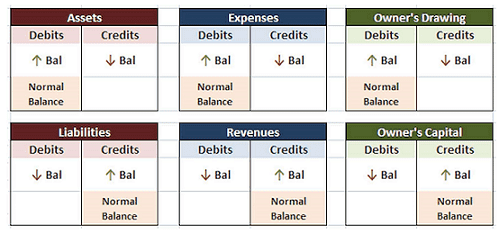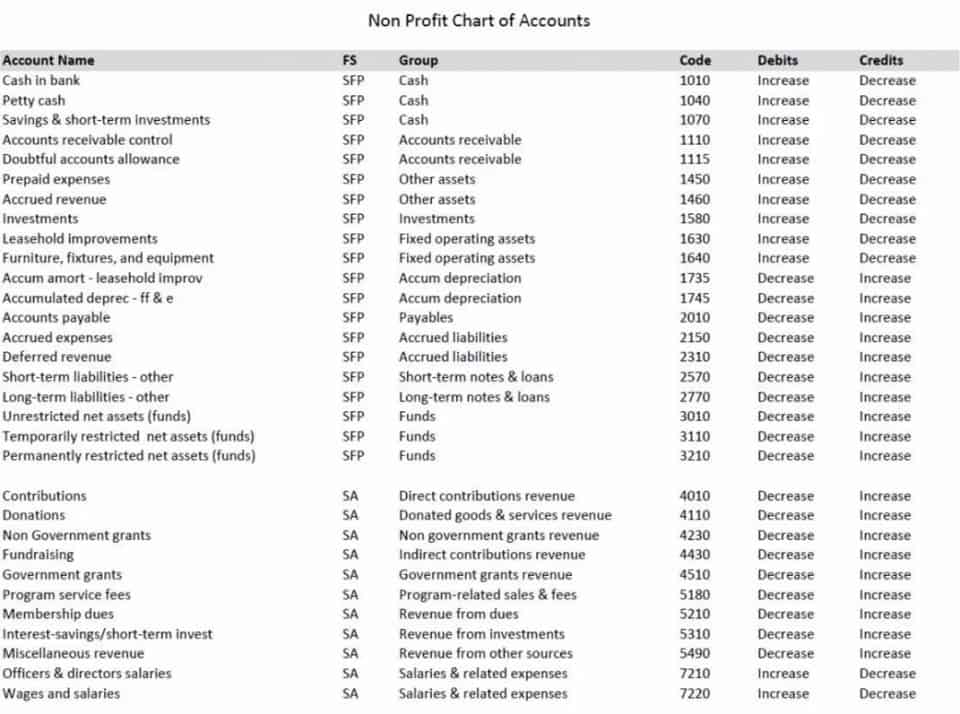
The Last-In, First-Out (LIFO) method, like any accounting strategy, comes with its own set of advantages and disadvantages that businesses need to consider carefully. When the external stakeholders are analyzing the company’s financial health and position in the market, they mainly rely on the financial ratio analysis. Financial ratio analysis offers great insight into the performance of the company. The inventory goes out of stock in the same pattern in the FIFO method as it comes in. The most recent inventory stock is used in the LIFO method first, and the older stock is used later. Chartered accountant Michael Brown is the founder and CEO of Double Entry Bookkeeping.
LIFO Method: Insights, Application, and Considerations
Once March rolls around, it purchases 25 more flowering plants for $30 each and 125 more rose bushes for $20 each. It sells 50 exotic plants and 25 rose bushes during the first quarter of the year for a total of 75 items. In this article, we’ve tried to comprehend the concept of LIFO Reserve, and how it is useful for investors and businesses. The main purpose of LIFO Reserve is to bridge the gap between the costs lifo adjustment when using LIFO Method and costs when using the FIFO method.
Conducting Thorough Inventory Audits
- When the company provides this reserve, we can easily calculate FIFO inventory using the below formula.
- By using LIFO, companies can match these higher costs against current revenues, which can lead to a more accurate reflection of current economic conditions in their financial statements.
- However, it is not a sustainable boost to profits if inventory levels are not maintained.
- The LIFO method of evaluating inventory is when the goods or services produced last are the ones to be sold or disposed of first.
- Most companies use the LIFO method for external reporting due to the tax savings and the non-LIFO method for internal reporting.
- LIFO is most beneficial in times of inflation when prices of inventory items are rising.
- For the past 52 years, Harold Averkamp (CPA, MBA) hasworked as an accounting supervisor, manager, consultant, university instructor, and innovator in teaching accounting online.
Companies operating in multiple states must navigate these differences, which can complicate tax planning and compliance. Furthermore, the use of LIFO can affect a company’s deferred tax liabilities. As inventory costs rise, the difference between LIFO and FIFO inventory values, known as the LIFO reserve, grows. This reserve represents a deferred tax liability that will eventually need to be addressed if the company switches inventory methods or liquidates its inventory. Since the most recent costs are assigned to COGS, the remaining inventory is valued at older, potentially lower costs.
International Accounting Standards and LIFO

During periods of rising inventory costs, companies should ensure they record the periodic increases to the LIFO reserve through adjusting journal entries. The LIFO reserve is an important accounting concept that allows companies to align the value of inventory on their balance sheets with current replacement costs. FIFO calculates a lower cost of goods sold, giving a higher gross income and profit. This can make the business look more successful and appealing to investors, but it also comes with a higher tax bill.
- Discover the top 5 best practices for successful accounting talent offshoring.
- It allows them to record lower taxable income at times when higher prices are putting stress on their operations.
- As a business owner operating in the USA, it’s important to familiarize yourself with the Last-In-First-Out (LIFO) inventory valuation method.
- LIFO is a popular way to manage inventory for companies that need to sell newer products first.
- Given the LIFO reserve’s impact on earnings and profitability metrics, companies should communicate reserve changes and assumptions effectively in financial statement disclosures.
- The FIFO inventory of company A would then be comparable to the FIFO inventory of company B.

FIFO assumes a regular inventory turnover, and the remaining inventory has a higher value compared to other inventory valuation methods. Moreover, the prohibition of LIFO under IFRS can impact a company’s global tax strategy. Multinational corporations must navigate the complexities of aligning their inventory accounting methods with the tax regulations of each country in which they operate. GAAP (Generally Accepted Accounting Principles) compliance and another for IFRS compliance. The need for such dual reporting can increase operational costs QuickBooks and complicate financial analysis, as companies must reconcile the differences between the two sets of financial statements. This reconciliation process can be resource-intensive and may require specialized accounting expertise.
- In addition, there is the risk that the earnings of a company that is being liquidated can be artificially inflated by the use of LIFO accounting in previous years.
- The change in the balance during the current year represents the current year’s impact on the cost of goods sold.
- Learn more about the difference between LIFO vs FIFO inventory valuation methods.
- GAAP requires all businesses to report the LIFO reserve for bookkeeping purposes.

The International Financial Reporting Standards (IFRS), which is used in most countries, forbids the use of the LIFO method. On the balance sheet, the LIFO reserve amount is generally shown as a contra account that reduces inventory. It indicates that the reported inventory value would be higher if not for the use of LIFO. The key takeaway is that subtracting the LIFO reserve gives you the FIFO inventory number for comparison purposes. It reverses the ongoing cumulative difference caused https://www.bookstime.com/ by using LIFO rather than FIFO for inventory reporting valuation.

When Should the LIFO Method be Used?
Learn about emerging trends and how staffing agencies can help you secure top accounting jobs of the future. Let us study the concept of LIFO reserve calculation using LIFO reserve calculation with the help of some suitable examples. Under the LIFO reserve equation, LIFO reserve is the difference between the cost of Inventory computed using the FIFO Method and the LIFO Method. In many cases, customers prefer to have newer goods rather than older products. Particularly if you work in an industry where goods decay over time, using LIFO can ensure that customers receive fresh goods.
You’ll be interested: Glucophage
